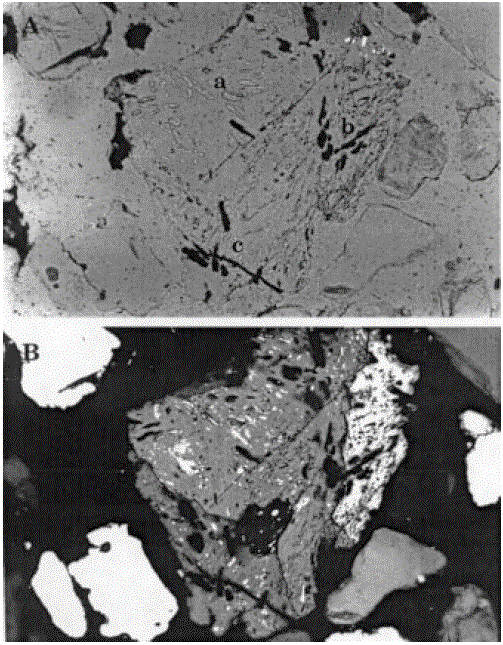
Figure 1. Scanning electron micrographs. Mineral chemistry
was determined by in-situ EDAX analysis using a JEOL SEM Apparatus.
A-D: Granitic rock, Uppsala; D-F-E horizon of Nyanget(aの頭に¨) podzol (A) mycorrhizal root and
associated mycelial mat on granitic rock, Uppsala.
(B) Hypha overgrowing and entering a weathered surface
of the Uppsala granite. (C) Do, Hyphen entering feldspar
from the same granite surface. (D) Interior of crushed
feldspar grain with interconnected tubular pores and associated
fungal hypha. (E) Hypha associated with grain of Ca feldspar.
(F) Do., with grain of quartz.
図1.走査電顕写真。鉱物の化学的性質は、日本電子製走査電子顕微鏡を使い、付属のEDAX(エネルギー分散型検出器)により決定された。A〜D:ウプサラにおける花崗岩;ニャンゲット・ポドゾルのD-F-E層。(A) ウプサラの花崗岩上の菌根とそれに伴う菌糸マット。(B) ウプサラ花崗岩の風化面上に成長し、その中に侵入する菌糸。(C) 同じ花崗岩表面の長石に侵入する菌糸。(D) 相互につながった筒状の孔とそれに伴う菌糸をもつ破砕された長石の内部。(E) カルシウム長石の粒子に伴う菌糸。(F) 石英粒子に伴う菌糸。

Figure 2. Thin section microphotograph of a Ca-feldspar with apatite inclusions (a); sample from a podzol E horizon near Blitterswijk, the Netherlands, 2(A) normal visible light; 2(B) cross-polarized. Voids in the shape of apatite inclusions (b) were probably created by fungal hypha accessing and dissolving apatite through micropores formed by dissolution of feldspar (c). The greatest dimension of the feldspar grain is about 1 mm.
図2.アパタイト(リン灰石)(a)を包有するカルシウム長石の薄片写真;オランダのブリッタースウィック近くのポドゾルE層からの試料で、2(A)はオープン・ニコル下、2(B)は十字ニコル下。アパタイト包有物の中の空孔(b)は、長石の溶解により形成された微小孔(c)を通じて、菌糸がアパタイトに近づきそれを溶解することによっておそらく作られた。長石粒子で最大の大きさは約1mmである。
〔『Van Breemen,N., Finlay,R., Lundstrom(oの頭に¨),U., Jongmans,A.G., Giesler,R. and Olsson,M.(2000): Mycorrhizal weathering: A true case of mineral plant nutrition? Biogeochemistry, 49, 53-67.』から〕